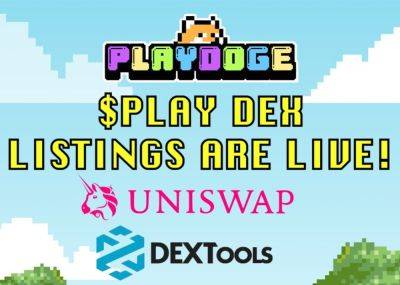TRON H1 2024: From Stablecoins to Bitcoin and Beyond
Launched in 2017, TRON was originally positioned as an Ethereum killer. While all Ethereum killers failed to kill Vitalik’s brainchild, TRON managed to take away the leadership in the realm of stablecoin transfers. Let’s understand what happened in TRON over the last six months and in which direction it is developing.
The TRON blockchain uses the Delegated Proof-of-Stake (DPoS) consensus algorithm. It is a consensus mechanism where stakeholders elect a small number of delegates to validate transactions and secure the network on their behalf. Blocks are generated every 3 seconds, and the maximum network performance is 2,000 transactions per second.
There are three layers in the TRON architecture:
The TRX token is the native utility cryptocurrency of the TRON blockchain. Initially launched as an ERC-20 token on Ethereum during its 2017 ICO, $TRX had a total issuance of 100 billion tokens. These were allocated as follows: 40% for the public token sale, 15% for a closed pre-sale, and 35% to the project’s reserve fund.
Subsequently, all ERC-20 tokens were converted to native $TRX on the TRON blockchain. Periodically, the total supply is reduced by burning events and currently stands at around 87 billion tokens.
Now, $TRX serves as the primary unit of settlement within the TRON ecosystem, used to pay transaction fees, rewards for staking, and block confirmations by super-representative nodes. When users stake $TRX, they receive Tron Power, which grants them voting rights to elect super-representatives. These super-representatives, once elected, are the ones who vote on network development proposals in TRON DAO on behalf of the community. Therefore, while Tron Power itself does not directly vote on proposals, it empowers
Read more on cryptonews.com




















